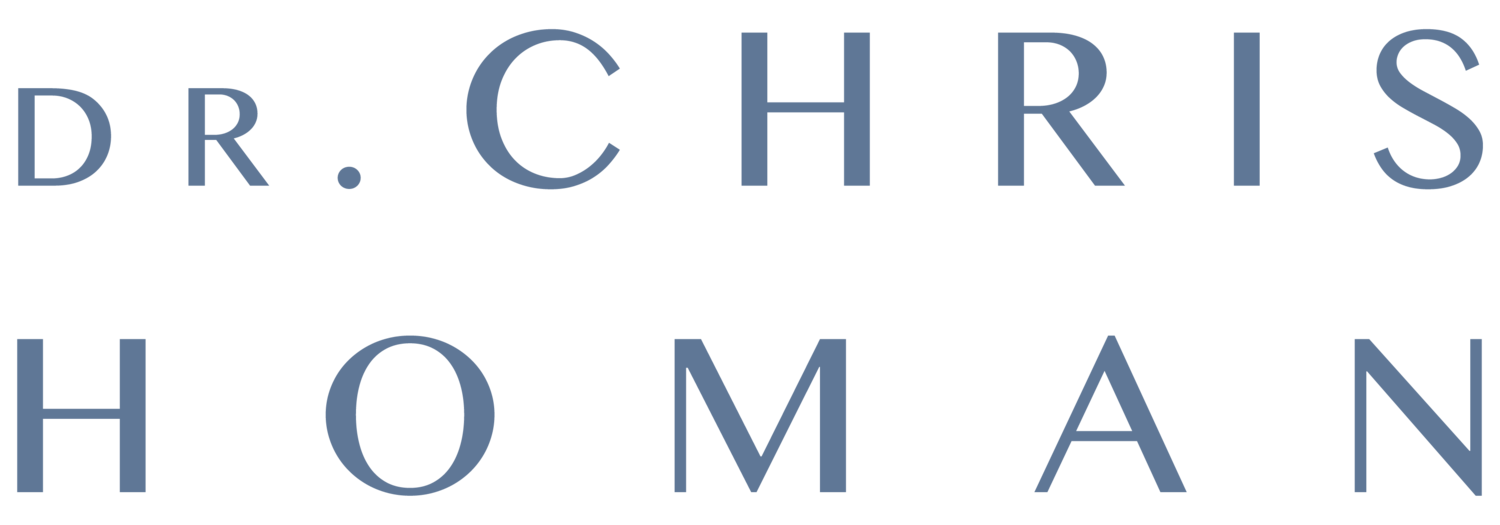One of modern medicine's biggest weaknesses can be a tendency to “not see the forest for the trees”. In an effort to understand the individual parts, we can lose sight of the larger system that they operate in. To solve complex body pain, it is essential to address the whole system that the pain has occurred in. Some important whole-of-body issues include:
Medical Review
Specialized GP training allows investigation and diagnosis of serious medical conditions that may be presenting with pain. The exclusion of sinister diagnoses, such as cancer, can often make pain much easier to tolerate. Alternately, the identification of inflammatory autoimmune conditions can facilitate their effective treatment. The identification of psychosocial factors (yellow flags) that increase the likelihood of persisting pain can also be critical to successful treatment.
Identification of Skeletal Asymmetries
Differences in leg lengths can have a major impact on the performance of the musculoskeletal system and increase the likelihood of overload pain across the body. Accurate measurement using a CT scan can be used to assess this. Simple interventions such as heel lifts can significantly reduce the impact of such influences.
Habit / Posture Change
The body is very clever, adapting to however it is routinely used. Unfortunately, if the body is used poorly, this will tend to decrease its capabilities and increase the risk of pain. For example, there is an epidemic of people slumping forward at their desks and shortening up the pectoral muscles at the front of their chests. This results in painful overload of the muscles on the back of the neck and chest, causing headaches, neck and upper back pain. Awareness of how we are using our bodies, in combination with an understanding of good posture, can dramatically reduce the likelihood of body pain continuing.
Pain education / Counselling
Persistent pain leads to predictable changes that tend to worsen the pain experience. Over time, affected nerves become sensitized and the brain becomes more focused on the pain. Understanding this physiologic process can help patients more effectively deal with pain. Challenging of unhelpful thoughts (catastrophising) can also help turn down pain and improve quality of life. Retraining neural circuits using the principles of neuroplasticity can also be very helpful.
Mindfulness / Meditation
Whilst stress never directly causes pain, it is often the wind that fans its flames! Stress increases muscle tone, increases brain activity and increases the release of inflammatory chemical messengers that sensitize nerves. Nearly all body pain is worse at phases of higher stress, although severe pain can set up a vicious circle by being a source of stress in itself. Mindfulness and meditation are ancient strategies designed to quiet the mind and reduce stress activation. At the end of the day, stress is not what happens to us but rather how we respond to it.
Drug Therapy
Medications can be a helpful addition to physical treatment. Their role can be to directly reduce pain (analgesia), reduce stress / anxiety / depression, improve sleep, reduce inflammation or calm irritated nerves (neuropathic pain).
Nutritional Strategies
Certain nutritional strategies may help reduce pain. These can include supplementing with omega-3 fats (fish oil), glucosamine-chondroitin, curcumin (from turmeric) and green-lipped mussel extract. Weight loss can help osteoarthritic joints, not just by reducing mechanical load, but also by decreasing the inflammatory chemicals that are released from fat stores. Improving gut health can reduce irritable bowel symptoms and reduce inflammation levels in the body. A low inflammatory diet may also reduce pain by decreasing the level of inflammatory chemicals circulating in our system.
Referral for Surgical Management
Occasionally, joint hardware problems are the overwhelming driver of a patient’s pain. In this situation, the patient may be best served by accurate diagnosis of the problem and referral to an orthopedic or neurosurgeon. Although most of us would prefer not to have an operation if we can help it, avoiding a necessary one can increase the size of the problem.
Dr. Chris Homan
MBBS FRACGP FACRRM DRANZCOG PGDipMSM(Otago)

